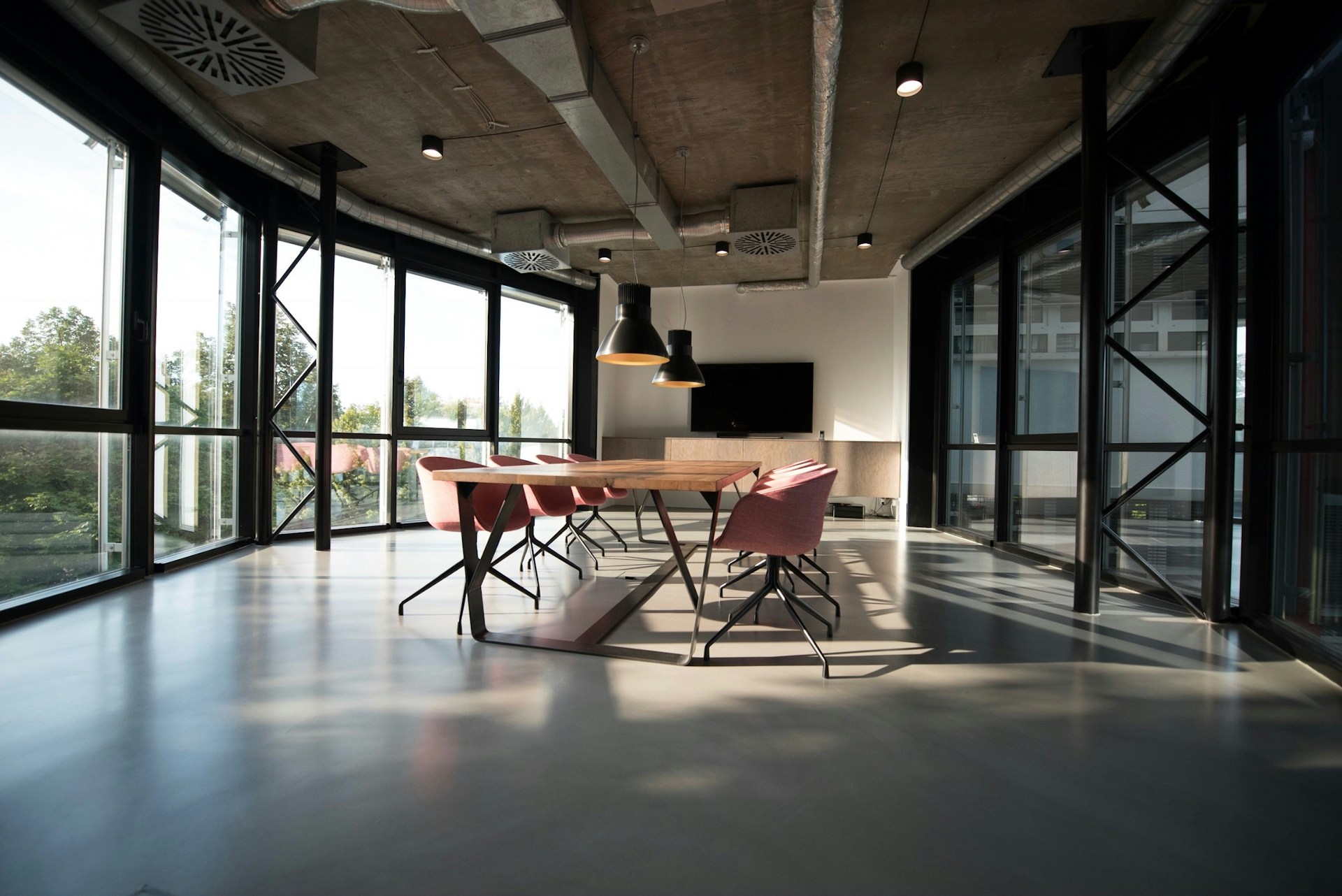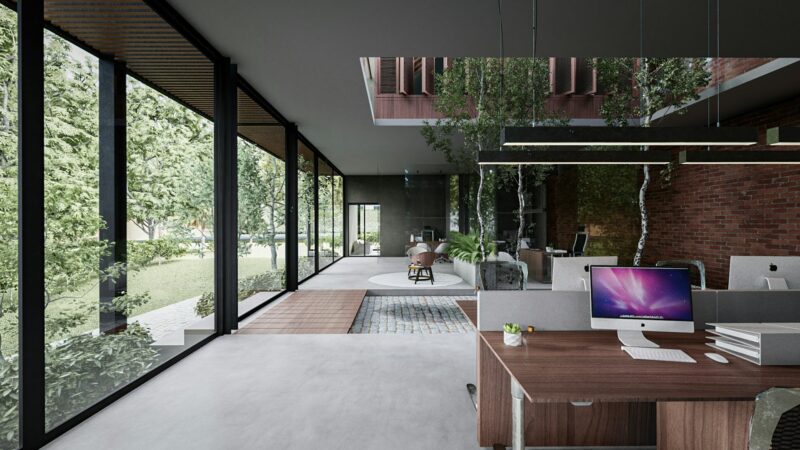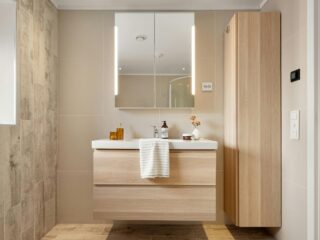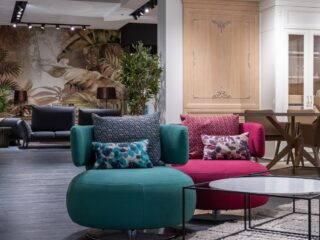
Creating the perfect workspace is essential for maximizing productivity, fostering creativity, and ensuring employee well-being.
In today’s rapidly evolving work landscape, a thoughtfully designed office can significantly impact the efficiency and satisfaction of your team.
Whether you’re setting up a new office or revamping an existing one, incorporating modern design principles and accommodating diverse work styles is crucial.
Modern Office Spaces
In today’s dynamic work environment, the design of office spaces has evolved to meet the changing needs of businesses and their employees.
Modern office spaces emphasize flexibility, collaboration, and well-being, moving away from the traditional cubicle layout to more open and versatile designs.
These spaces incorporate elements that foster creativity, improve productivity, and enhance employee satisfaction.
By understanding and implementing these modern design principles, you can create an office that not only meets operational requirements but also inspires and engages your team.
Flexible Office Spaces
Flexible office spaces have become increasingly popular, offering businesses the adaptability to meet varying needs.
These spaces are designed to be easily reconfigurable, allowing for a seamless transition between different work modes, whether it’s individual focus, team collaboration, or client meetings.
Utilizing flexible office spaces, such as those provided by BizSpace, can lead to increased productivity and employee satisfaction by catering to diverse work preferences and tasks.

The flexibility to expand or downsize as needed provides businesses with the agility to respond to market changes efficiently.
Collaborative Work Areas
Collaborative work areas are a staple in modern office design, encouraging interaction and teamwork among employees.
These spaces are typically open and equipped with tools and technologies that facilitate communication and collaboration.
Features like shared desks, meeting pods, and interactive whiteboards are common, promoting a culture of innovation and collective problem-solving.
Statistics from 2023 indicate that companies with collaborative work environments report a 20% increase in employee engagement and a 15% boost in productivity, underscoring the value of these spaces in driving business success.
Wellness-Focused Design
Wellness-focused design is another critical aspect of modern office spaces.
This approach prioritizes the physical and mental well-being of employees by incorporating elements that reduce stress and promote health.
Natural lighting, ergonomic furniture, and designated relaxation areas are key components.
In 2022, a survey revealed that 75% of employees felt more productive and satisfied in workplaces that emphasized wellness.
By creating an environment that supports health and well-being, businesses can reduce absenteeism, enhance job satisfaction, and improve overall performance.
Biophilic Design Elements
Biophilic design, which integrates natural elements into the workplace, has gained significant traction.
This design approach enhances the connection between employees and nature by incorporating various elements into the office environment, such as:
- Plants And Green Walls: Incorporating indoor plants and green walls helps purify the air and create a more relaxing atmosphere.
- Natural Light: Large windows and skylights allow natural light to permeate the workspace, reducing the need for artificial lighting and boosting mood and energy levels.
- Organic Materials: Using materials like wood, stone, and bamboo brings a sense of nature indoors and contributes to a calming, aesthetically pleasing environment.
Studies have shown that biophilic design can:
- Increase productivity by 6%
- Boost creativity by 15%
- Enhance overall well-being by up to 40%

These elements not only benefit employees’ physical health but also their mental well-being, making the office a more pleasant place to work.
Remote First Design
With the rise of remote work, modern offices are being designed to better support employees who work from home or other remote locations.
The remote first design ensures that remote workers feel included and can participate effectively in meetings and collaborations.
Features like D-shaped tables, which fit flush against walls, improve visibility and participation for remote attendees.
Integrating advanced video conferencing technologies and digital collaboration tools helps bridge the gap between in-office and remote team members, fostering a cohesive and inclusive work environment.
Final Remarks
As office design continues to evolve, incorporating elements like sustainable materials and neurodivergent-friendly designs will become increasingly important.
Embracing these trends will not only improve the office environment but also reflect a commitment to inclusivity and environmental responsibility.





